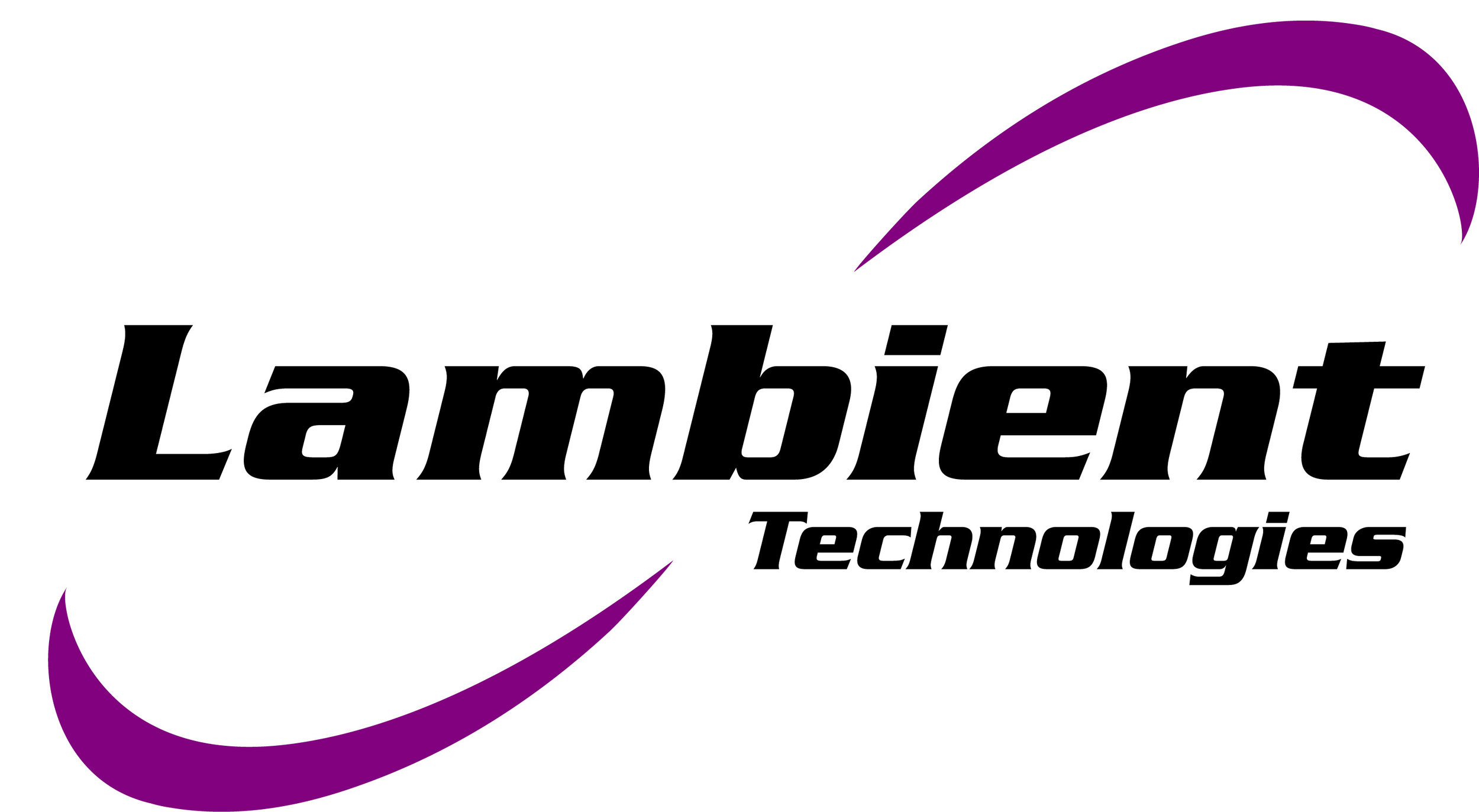The Orion spacecraft: made possible with advanced composite materials.
best practices
Sample Preparation and Guidelines for Dielectric Cure Monitoring: Although the method of DEA is simple—place a sample on the sensor, heat and start data acquisition—care and good practice are very helpful for making good measurements. Here are some guidelines for successful dielectric cure monitoring.
Connecting Dielectric Sensors and Cables: Dielectric sensors connect directly to the instrument with a three-terminal Dielectric Sensor Connector or with an extension cable. To reduce noise in the response signal, the signal leads from the sensor should be shielded.
Reducing Noise in Dielectric Sensors: Lambient Technologies conducted several tests to measure noise with a Mini-Varicon sensor when used with the LT-451 Dielectric Cure Monitor, and demonstrated that electrical interference may be reduced effectively with grounded shields around the sensor.
Case Study 1: Data Processing to Reduce Noise in Dielectric Measurements: To understand the true behavior of a curing thermoset, first examine dielectric data without averaging or filtering. Data processing is often necessary for reducing noise. Any numerical processing, however, introduces distortion and higher degrees of processing creates greater distortion. Therefore, it is important to reduce noise with averaging or filtering that only minimally changes the underlying response.
Case Study 2: Averaging and Filtering to Reduce Noise in Dielectric Measurements: The response from dielectric sensors can be as little as 0.01 volts amplitude at certain points during cure and often must be distinguished from electrical interference. Lambient Technologies’ CureView data acquisition and analysis software has several options for averaging and filtering the signal.
AC and DC Cure Monitoring Through Release Films and Vacuum Bags: In composite manufacturing release films prevent the adhesion of parts to a tool. Vacuum Assisted Resin Transfer Molding (VARTM) employs vacuum bags so atmospheric pressure can compress a composite against a mold. Dielectric sensors typically must have direct contact with the material under test. By preventing contact, both release films and vacuum bags present challenges for dielectric cure monitoring (DEA).
In fact, a suitably designed sensor, such as the 1-inch Single Electrode Sensor from Lambient Technologies, can measure cure state through thin films and enable the use of DEA in a wider range of applications.
Dielectric Measurements During Post-Cure: Large composite structures such as an airplane wing are processed in autoclaves or molds that apply pressure to form the part until it has cured. The need to maximize use of this equipment may require cycling material through it as quickly as possible, and often a part is removed as soon as it has hardened enough to retain its shape. Afterwards, it may undergo post-cure in an oven for several hours to several days. During this time cure continues at elevated temperature until the composite material has hardened further or achieved other desired properties.
Equipment to Monitor Batch Reactions: The measurement of dielectric properties, or Dielectric Analysis (DEA), is a useful method of monitoring and controlling polymerization in a batch reactor. Previous work has shown that DEA could observe the free-radical polymerization of methyl methacrylate,1 where the change of log(ion viscosity) correlated with fractional monomer conversion and physical viscosity.
Diagnosing Instruments and Sensors: Occasionally it may be necessary to test either the LT-451 Dielectric Cure Monitor or the LTF-631 High Speed Dielectric Cure Monitor for proper operation. Investigating the various parts of the system is important to establish that a component is working as expected, or to determine that a component is faulty. The main, accessible links in the signal chain are:
Computer to instrument connection
Instrument to sensor or instrument to extension cable connection
Sensor
Interfacing to Terminal Blocks: How to use the start triggers and digital outputs.
LT-451 and LCR Meter Comparison: The Lambient Technologies LT-451 Dielectric Cure Monitor is designed for dielectric measurements of polymeric materials during the curing process, and a typical LCR (Inductance-Capacitance-Resistance) meter, such as the QuadTech 1920, is designed for high speed measurements of the electrical parameters of electronic components.
CureView LT-4203 Option: CureView has an option to facilitate ASTM D150 standard measurements with the LT-4203 Parallel Plate Test Fixture. This option allows the user to calibrate the LT-4203 for accurate measurements, make multiple measurements with calculation of average and standard deviation, and automatically calculate dielectric constant and dissipation for the contacting electrode method of measurement.
CureView Materials Properties Parameters: Material Properties are adjustable parameters used to extract the DC component of loss factor for conversion to ion viscosity. Only derived data such as ion viscosity and resistivity are modified through the use of these material properties. The raw data is always preserved unchanged, allowing trial and error adjustment of the material properties to obtain the most useful results.
Use of the CureView Cure Index Function: Ion viscosity is a measure of the cure state of a thermoset but is also influenced by temperature, which can complicate material analysis in some situations. Cure Index accounts for the affect of temperature to produce a reproducible indicator related to degree of cure. This application note details how to use the Cure Index function in CureView.

